Home / Albums / Tag Century:12th 21

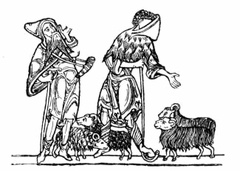 Costume of Shepherds in the Twelfth Century
Costume of Shepherds in the Twelfth Century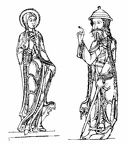 Lay Costumes in the Twelfth Century
Lay Costumes in the Twelfth Century Ecclesiastical Costume in the Twelfth Century
Ecclesiastical Costume in the Twelfth Century Wreck of the White Ship, 1120
Wreck of the White Ship, 1120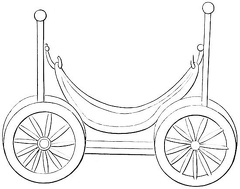 Hammock Waggon
Hammock Waggon French Soldier 12 th Century
French Soldier 12 th Century Great Seal of King Stephen
Great Seal of King Stephen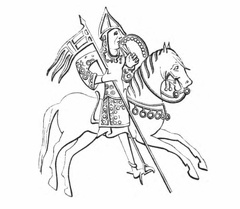 From the Great Seal of Alexander I, King of Scotland
From the Great Seal of Alexander I, King of Scotland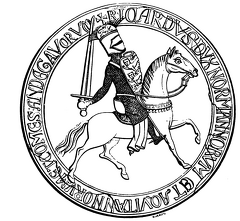 Second Great Seal of King Richard I
Second Great Seal of King Richard I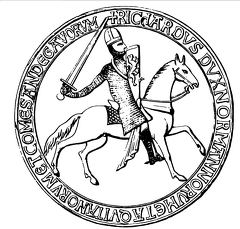 First Great Seal of King Richard I
First Great Seal of King Richard I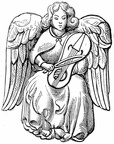 The old English 'crowd'
The old English 'crowd'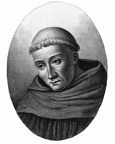 Saint Bernard
Saint Bernard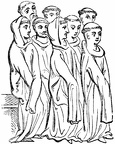 Group of Cistercian Monks
Group of Cistercian Monks Cistercian Monk
Cistercian Monk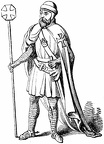 A Knight Templar
A Knight Templar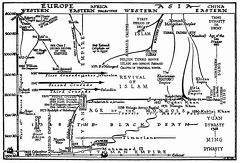 Time-chart A.D. 800-A.D. 1500
Time-chart A.D. 800-A.D. 1500 Exhibitor of strange animals
Exhibitor of strange animals King Louis le Jeune
King Louis le Jeune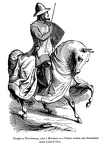 Knight in War Harness
Knight in War Harness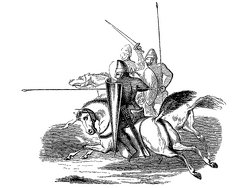 Knights
Knights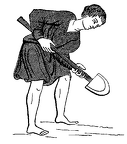 Labouring Colon (Twelfth Century)
Labouring Colon (Twelfth Century)



